Budget Cuts
Context
Revenues are declining, and the State DOT is challenged to keep up with program delivery in the face of stagnant and reduced budgets. Federal transportation fund sources are no longer sufficient to sustain the Highway Trust Fund and state funds are competing with other Legislative priorities. The organization needs to adapt in the face of uncertain future funds.Change Forces
Legislation, Regulation, and Funding. Federal and state legislation and regulations impact funding levels, eligibility, flexibility and available financing options. They affect planning and delivery practices and may impact staffing levels.
Shift in Role and Focus. The shift in roles among multiple agencies and modes creates a need for additional funding coordination to meet evolving regional needs.
Public Expectations. The public has high expectations for delivery of transportation services. It is critical for the agency to communicate what it is accomplishing and how it is adjusting to constrained budgets; failure to do so can result in declining public confidence which can lead to additional funding cuts.
What Capabilities Are Needed?
Agility and Resilience. The agency must build the capability to adjust to changing revenue sources. This requires use of flexible funding strategies, strong prioritization processes, clear and frequent communication, and strategic use of contract resources.
Transparency. The agency needs to communicate with funding agencies and the traveling public to make sure they understand the implications of budget cuts and have confidence that the agency is making the best use of available funds.
Technology Adoption. The agency needs to strengthen its technology adoption capabilities to take advantage of opportunities to achieve operational efficiencies through process automation, e-construction, and system modernization.
Operations Focus. The agency needs to focus on efficiently maintaining current infrastructure and incorporating cost saving strategies to direct limited funding resources toward established business and stakeholder priorities.
What can you do about it?
Organizational Management- Strategic Planning – to ensure clear direction for fiscally responsible delivery of multi-modal and operations-focused transportation services
- Performance Management – to ensure the agency is able to measure and achieve outcomes that improve the lifecycle performance of existing infrastructure at the lowest possible cost to the agency and transportation stakeholders
- Process Improvements – to create process efficiency, reduce duplication, and do more work with the same (or fewer) resources
- Innovative Contracting Methods – to deliver projects more efficiently within funding constraints
- Public/Private Partnerships – to build consensus for actions and to enhance collaboration and coordination on establishing and expanding funding participation
- Outsourcing – to maintain flexibility and do the work when staffing is limited or restricted
- IT Technologies – to achieve operational efficiencies
What resources will help?
- NCHRP Synthesis 391: Public-Sector Decision Making for Public-Private Partnerships
http://www.trb.org/Publications/Blurbs/156870.aspx - Innovative Contracting for Major Transportation Projects
http://onlinepubs.trb.org/onlinepubs/archive/NotesDocs/20-24(43)_FR.pdf - TRB Executive Committee: Critical Issues in Transportation 2019
Summary of the top issues facing transportation today, including issues affecting transportation planning and policymaking
http://www.trb.org/Main/Blurbs/178402.aspx - FHWA Policy and Governmental Affairs
Includes highway policy information, transportation policy studies, international programs and legislative affairs and policy communications
https://www.fhwa.dot.gov/policy/ - NCHRP Report 798 The Role of Planning in a 21st Century State Department of Transportation: Supporting Strategic Decision-making
TRB’s NCHRP 08-36/Task 113, Report 798: The Role of Planning in a 21st Century State Department of Transportation—Supporting Strategic Decision-making, summarized how planning units in state departments of transportation can more effectively support strategic decision-making. This research aims to explore and provide guidance on how planning by state DOTs can best influence future decisions to positively impact transportation services, operations, and projects.
http://www.trb.org/Publications/Blurbs/172210.aspx






